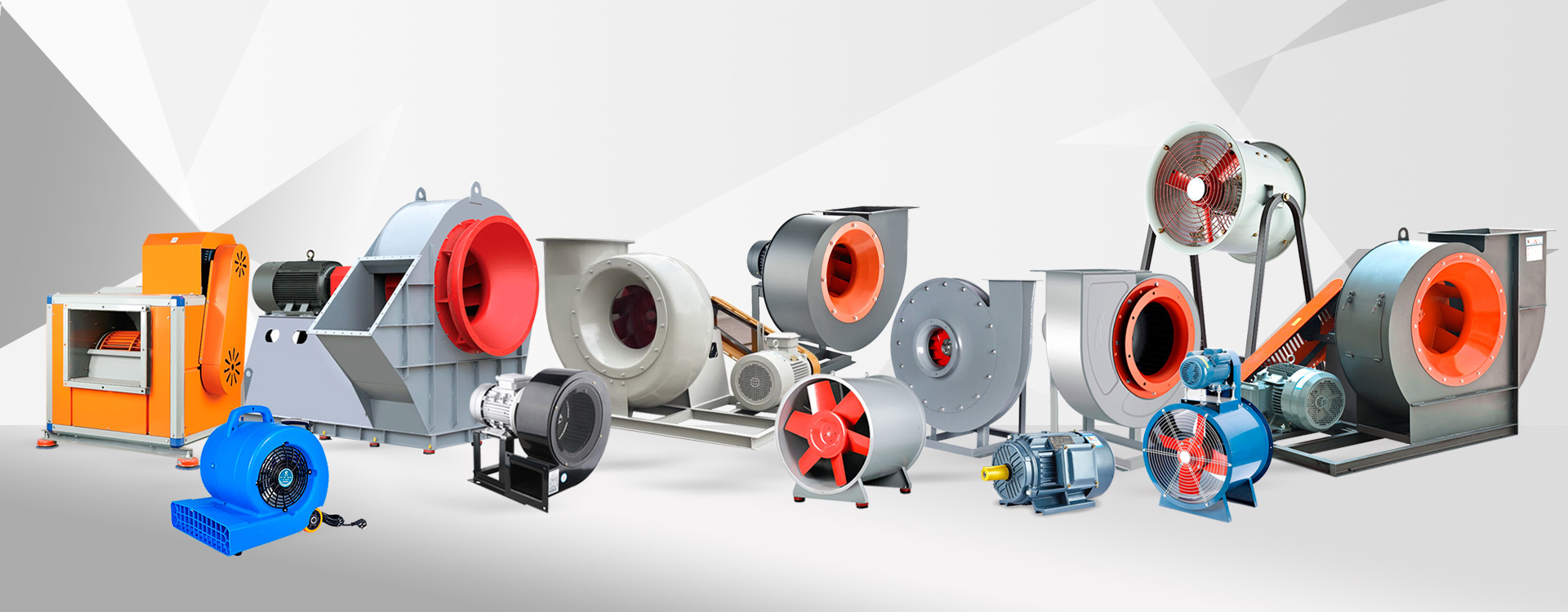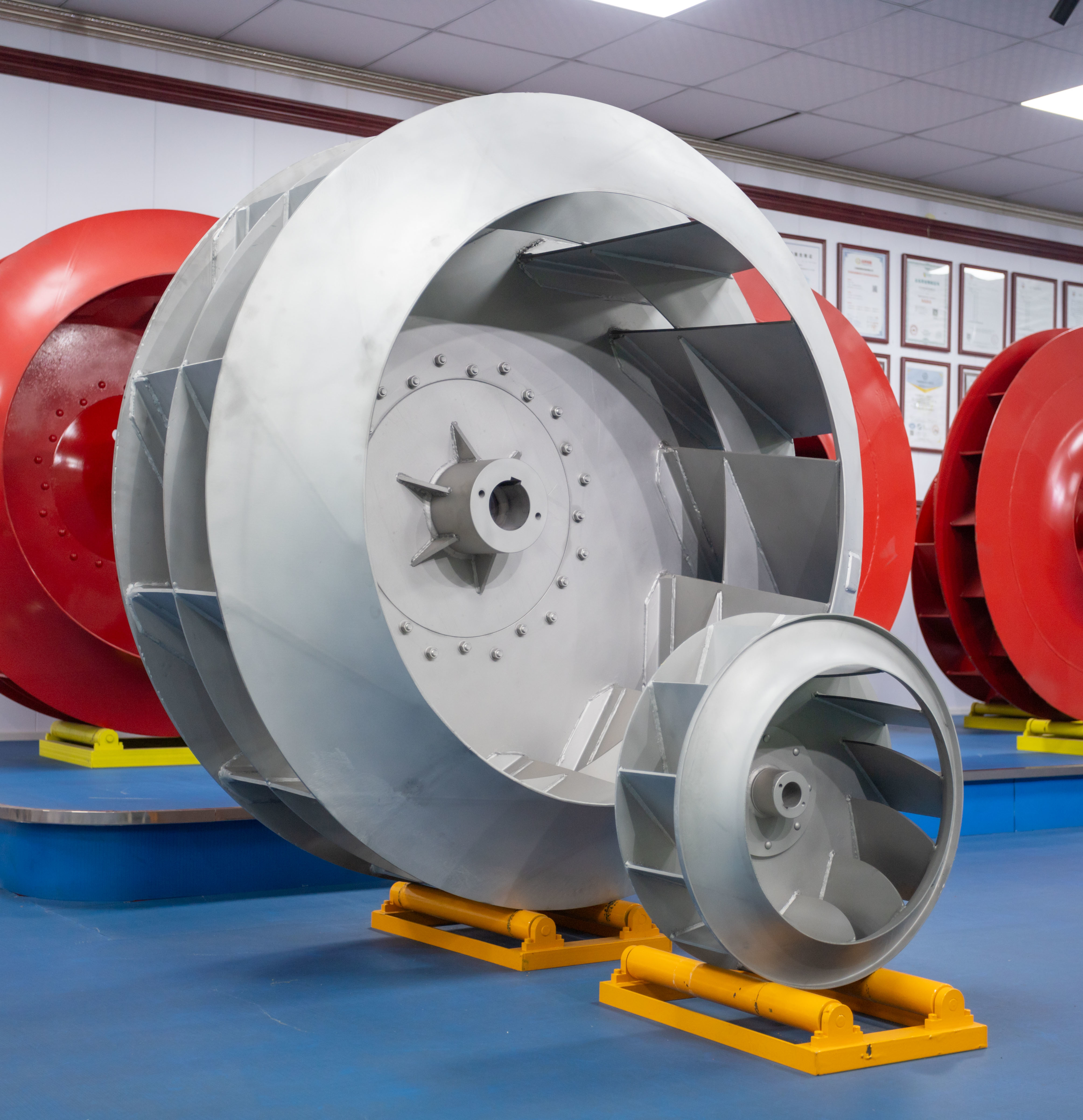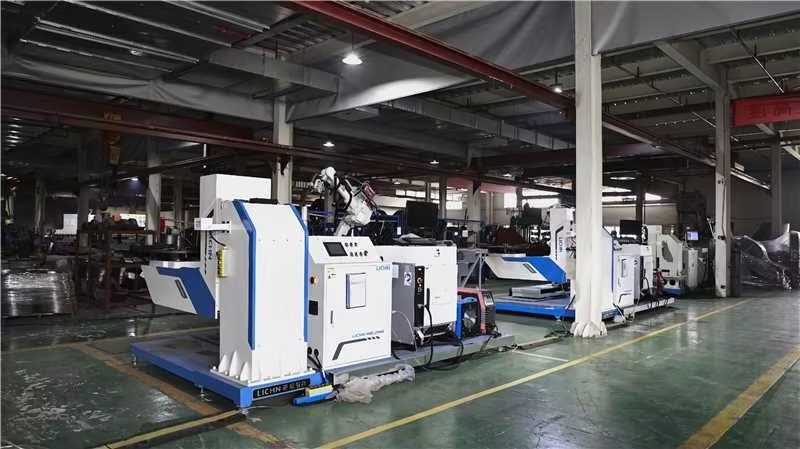Comprehensive Analysis of High Temperature Smoke Exhaust Fans: Types and Characteristics
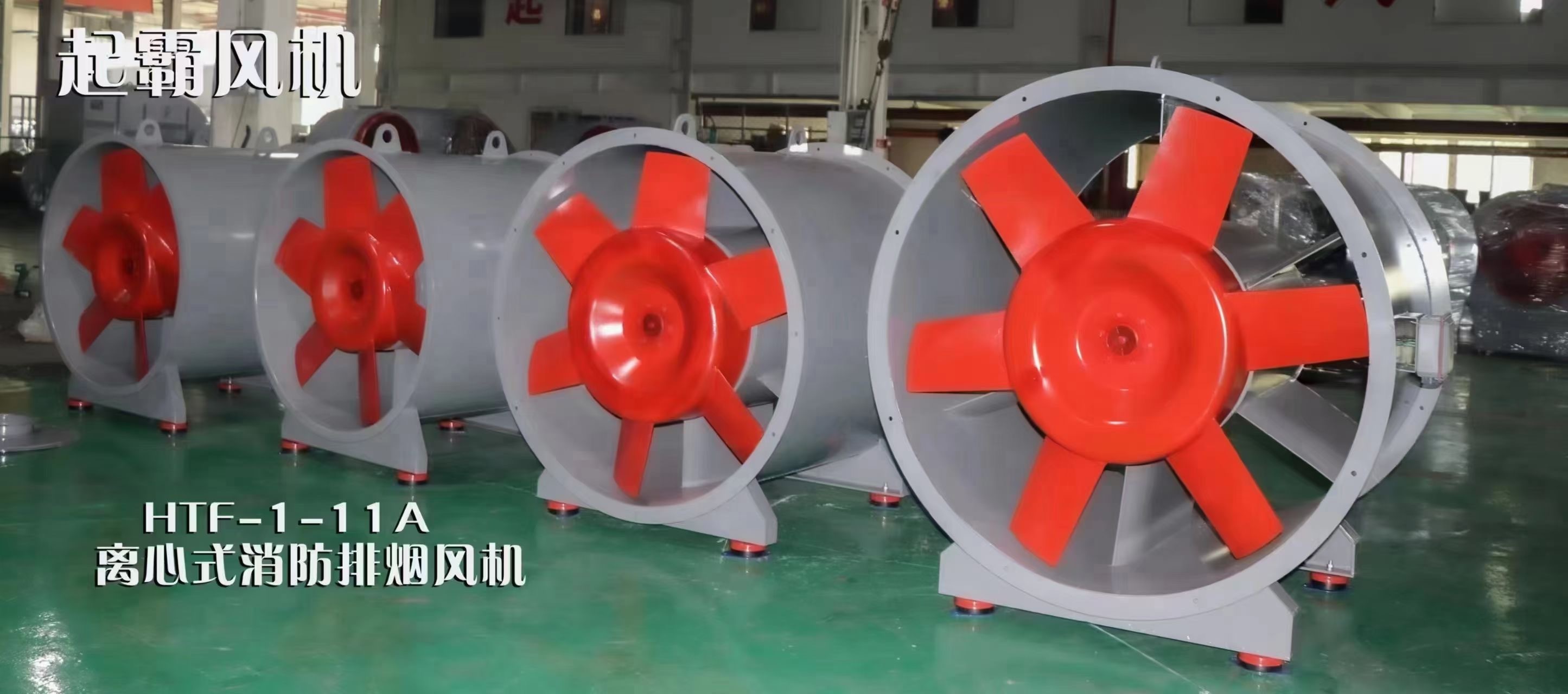
High temperature smoke exhaust fans are crucial components in smoke control systems, particularly in buildings and industrial facilities. They are designed to remove smoke and heat during a fire, ensuring the safety of occupants and facilitating the safe evacuation of individuals. This article aims to provide a comprehensive analysis of the different types of high temperature smoke exhaust fans, their characteristics, and their applications.
1. Understanding High Temperature Smoke Exhaust Fans
High temperature smoke exhaust fans are specifically engineered to withstand elevated temperatures, typically ranging from 200°C to 400°C. These fans are essential in smoke management systems, helping to maintain visibility and reduce heat levels during a fire. The design and construction of these fans allow them to operate effectively under extreme conditions, making them a vital safety feature in many buildings.
2. Types of High Temperature Smoke Exhaust Fans
There are several types of high temperature smoke exhaust fans, each with unique features and applications. The most common types include:
- Axial Fans: These fans are characterized by their propeller-like design, which allows air to flow parallel to the axis of the fan. Axial fans are often used in applications where high airflow rates are required. They are efficient and can be installed in various configurations, making them versatile for different building layouts.
- Centrifugal Fans: Unlike axial fans, centrifugal fans use a rotating impeller to draw air into the fan and then expel it at a 90-degree angle. This design allows for higher pressure and is suitable for longer duct runs. Centrifugal fans are commonly used in larger buildings and industrial applications where smoke needs to be moved over considerable distances.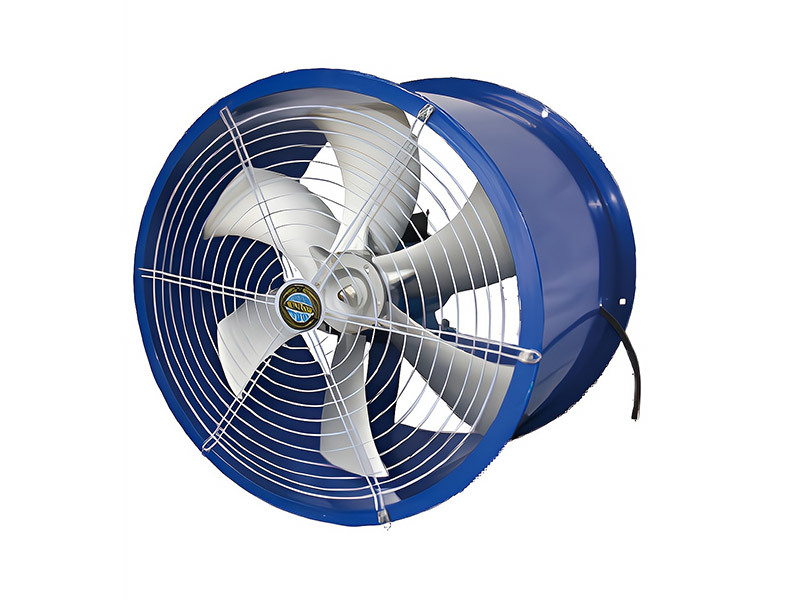
- Mixed Flow Fans: These fans combine features of both axial and centrifugal fans. They can move air both parallel and perpendicular to the fan axis, providing a balance between high airflow and pressure. Mixed flow fans are increasingly popular due to their efficiency and flexibility in various applications.
3. Key Characteristics of High Temperature Smoke Exhaust Fans
High temperature smoke exhaust fans possess several key characteristics that differentiate them from standard fans. Understanding these characteristics is crucial for selecting the appropriate fan for specific applications.
- Temperature Resistance: One of the most critical features of high temperature smoke exhaust fans is their ability to withstand extreme temperatures. These fans are constructed from materials such as stainless steel or specialized alloys that can endure high heat without deforming or losing functionality.
- Durability and Reliability: Given their role in emergency situations, high temperature smoke exhaust fans must be durable and reliable. They are designed to operate continuously during a fire event, ensuring that smoke is effectively removed and that safety systems remain operational.
- Noise Levels: While noise may not be the primary concern during a fire, it is still an important consideration for the overall building environment. High temperature smoke exhaust fans are engineered to minimize noise levels while maintaining performance, ensuring that they do not contribute to panic or confusion during an emergency.
- Energy Efficiency: Modern high temperature smoke exhaust fans are designed with energy efficiency in mind. Many models incorporate advanced motor technology and aerodynamics to reduce energy consumption while maximizing airflow, making them cost-effective solutions for building owners.
4. Applications of High Temperature Smoke Exhaust Fans
High temperature smoke exhaust fans are used in a variety of applications, primarily in commercial and industrial settings. Some common applications include:
- High-Rise Buildings: In skyscrapers and multi-story buildings, smoke exhaust fans are critical for maintaining safe evacuation routes during a fire. They help to clear smoke from stairwells and corridors, ensuring that occupants can exit safely.
- Industrial Facilities: Factories and manufacturing plants often utilize high temperature smoke exhaust fans to manage smoke and heat generated during processes. These fans help to protect equipment and personnel by maintaining safe working conditions.
- Tunnels and Underground Structures: In tunnels, smoke exhaust fans are essential for controlling smoke during a fire incident. They ensure that smoke is directed away from escape routes, allowing for safe evacuation.
- Theaters and Auditoriums: In venues where large crowds gather, smoke exhaust fans play a vital role in ensuring the safety of attendees. They help to maintain clear airways and visibility during emergency situations.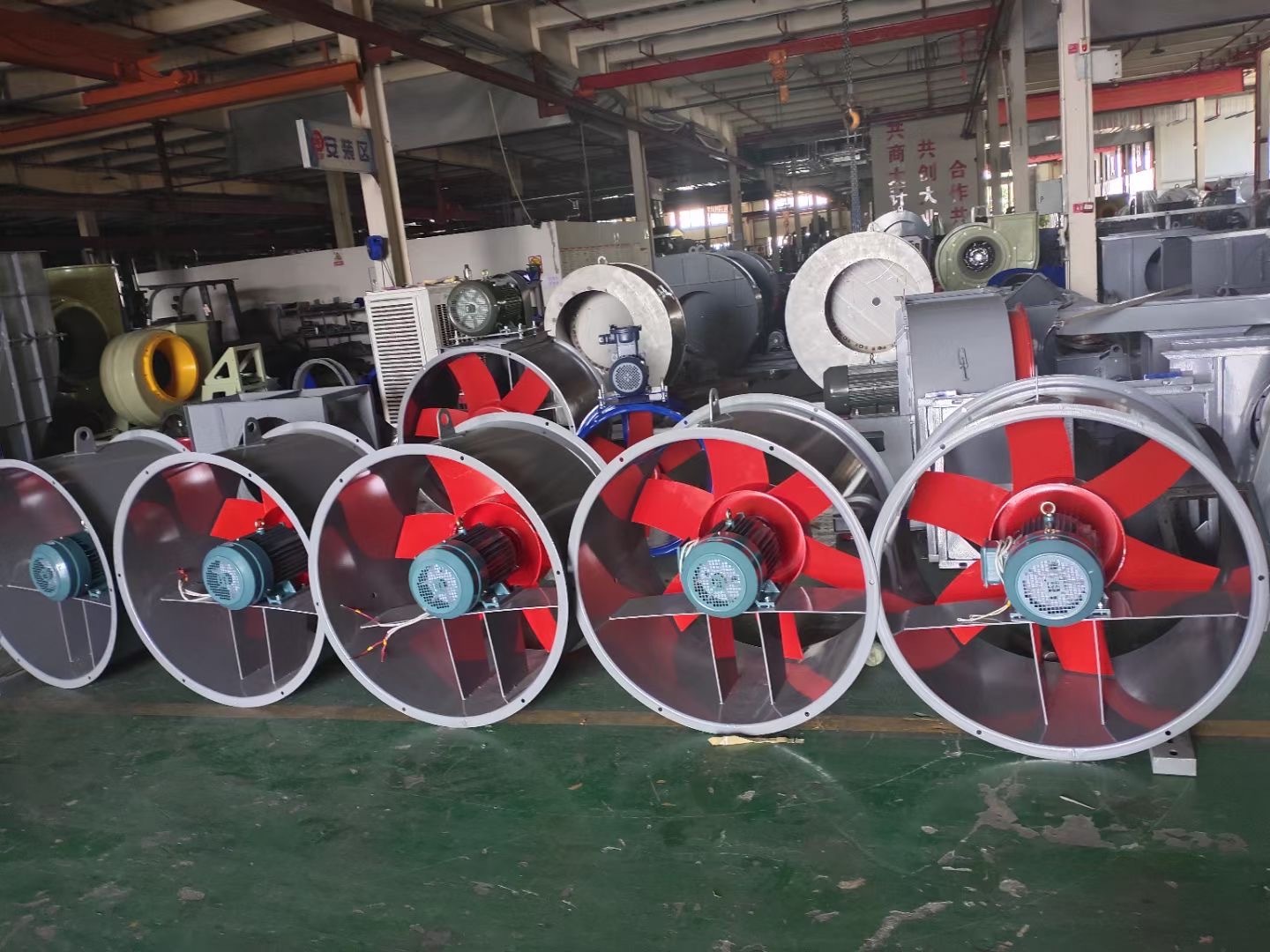
5. Conclusion
In conclusion, high temperature smoke exhaust fans are indispensable components of modern safety systems in various buildings and facilities. Their unique designs and robust characteristics enable them to perform effectively under extreme conditions, providing critical smoke management during emergencies. By understanding the different types of high temperature smoke exhaust fans and their applications, building owners and safety professionals can make informed decisions to enhance the safety and efficiency of their smoke control systems. Investing in high quality smoke exhaust fans not only ensures compliance with safety regulations but also protects lives and property during fire incidents.
Tag:
Recommend News


